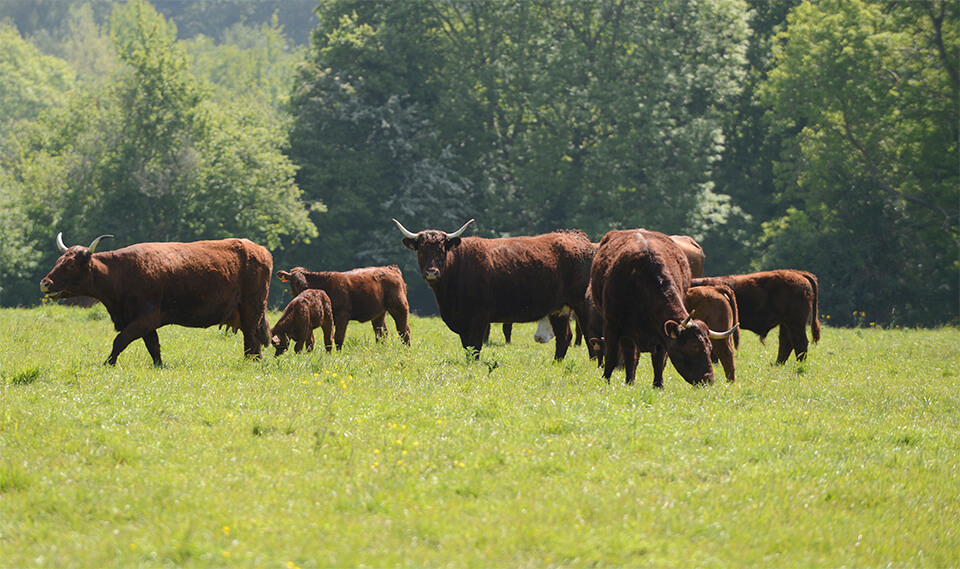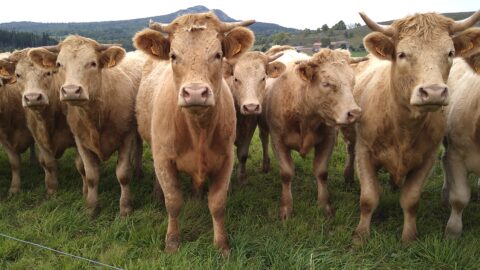Réalisation de l’intradermotuberculination comparative

Auteurs
Résumé
L’intradermotuberculination comparative chez les bovins est une méthode de dépistage de la tuberculose bovine qui donne une spécificité supérieure à celle de l’intradermotuberculination simple. Elle consiste à comparer la réaction allergique obtenue par injection intradermique de tuberculine bovine à celle obtenue par injection de tuberculine aviaire. Pour obtenir un résultat fiable, le praticien doit obéir à des règles rigoureuses pré-analytiques (contention et marquage), analytiques (mesures du pli de peau et injection de la tuberculine) et post-analytiques (rédaction du compte-rendu et interprétation). La qualité du résultat de ce test dépend de la qualité de la réalisation de chaque étape et engage donc pleinement la responsabilité du praticien.
Abstract
Comparative intra-dermal tuberculination in cattle is a method used to detect bovine tuberculosis which gives higher specificity than intra-dermal tuberculination on its own. It consists in the comparison of the allergic reaction obtained after intra-dermal injection of bovine tuberculin with that of an injection of avian tuberculin. In order to obtain a reliable result, the practitioner must rigorously perform the test; pre-analytically (animal handling and marking), analytically (measurement of skin-fold thickness and injection of the tuberculin) and post-analytically (write-up of a report and interpretation). The quality of the test depends on the way each step of the test is performed and the onus on the practitioner to perform the test correctly.

